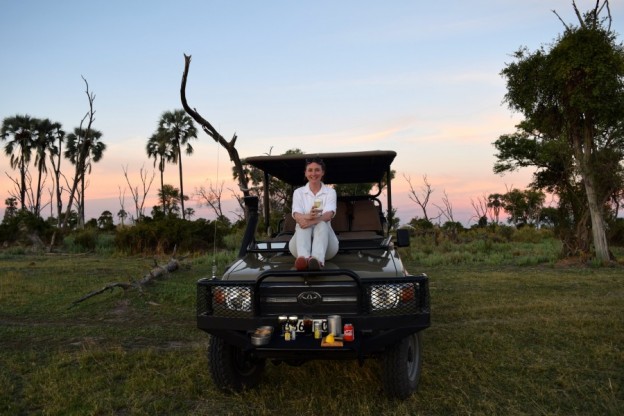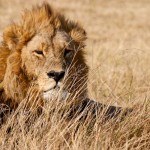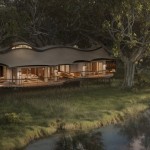Sophie Ibbotson files her first trip report for us as she explores a flying safari in Botswana experience by flying into its remote camps by light aircraft.
If you had told me before I left Heathrow that in a matter of hours I would be sat in the co-pilot’s seat of a plane no bigger than a minibus, steering the aircraft myself, I may not have left the UK. But the reality of a flying safari in Botswana is that the tiny aeroplanes hopping between remote camps in the Okavango Delta are scarcely heavier than a Range Rover, and if there are no other passengers on board, you might well be invited to sit upfront.
My pilot and I built an amiable rapport, he suggested I take hold of the duplicate controls, and when he announced mid-flight that I was now in charge of the plane, I thought that he was joking. He wasn’t. For the next few minutes, my heart was in my mouth as we bobbed up and down on the thermals, my hands tensed, but more or less the plane flew straight.
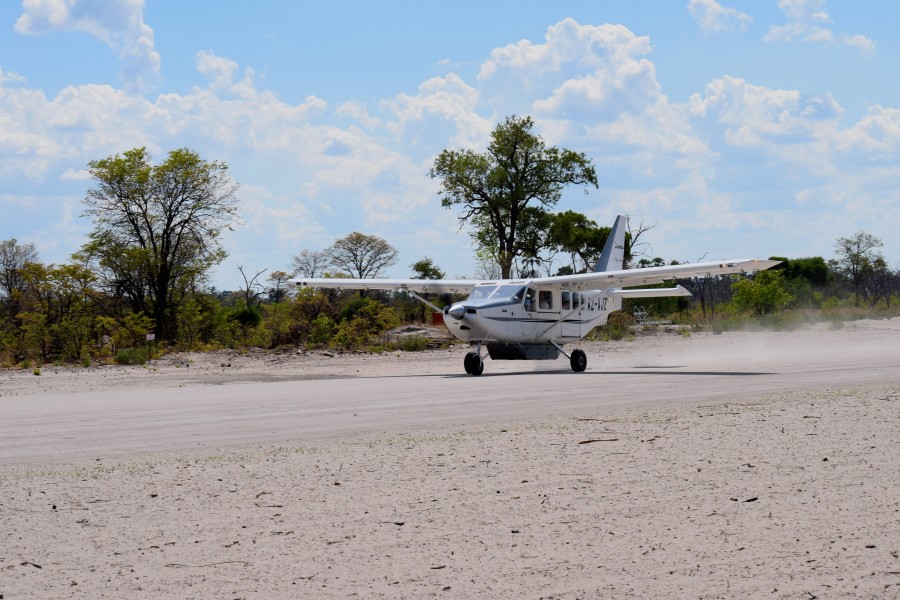
Botswana’s Okavango Delta — a UNESCO World Heritage Site — covers an area of up to 15,000 sq km. If it weren’t for the river, it would be desert, for there’s scarcely any rainfall here at all. The extent of the wetland, the seasonal variation in the water levels, and the sparsity of the human population makes it unviable to cross the Delta by road. Where roads do exist, they’re unmade and driving is thus a slow and uncomfortable affair. A community of experienced bush pilots and their mini-planes, therefore, service the remote camps and lodges which are the backbone of Botswana’s high-end tourism industry.
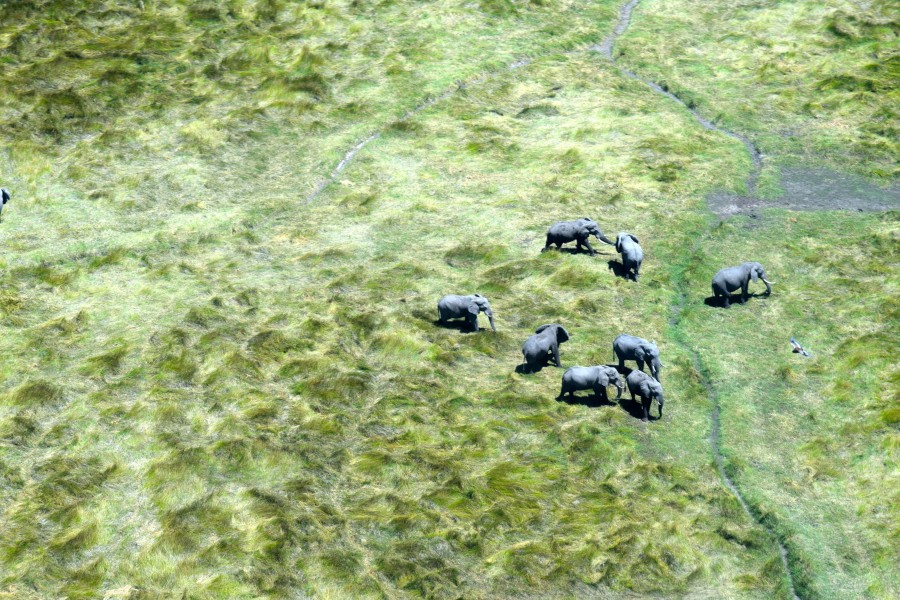
My first sighting of the Delta was from the air. The herd of elephants looked no bigger than those plastic figurines you would find in a toy zoo or farmyard set. They were on the move, but not because the sound of the plane had frightened them: they were gently making their way to the water to drink. It’s impossible to accurately count all the elephants in Botswana, but the best guess from Elephants
Without Borders’ aerial censuses is that there are somewhere between 130,000 and 207,000. Botswana’s elephants (the majority of which migrate across the Okavango Delta) account for between a third and a half of the African elephant population worldwide.
Thankfully, the pilot took back the controls in time for the landing. He had radioed ahead to the staff at Sable Alley, and they’d run out onto the landing strip to shoo the grazing elands and kudus back into the undergrowth. For the sake of the antelope and the plane, you definitely don’t want to hit one.

Transferring to a jeep for the final, short part of the journey to the lodge, the safari had already begun. An ostrich — a bird far larger and more ungainly than I’d imagined — eyed me suspiciously. The elands and other small antelopes darted out of the way; they really are the nerviest of creatures, though understandable given the number of potential predators lurking.
I watched the backside of a bull elephant disappearing into a thicket of trees, aware now that I was closer just how huge these extraordinary mammals really are. From the sound of it, he made no attempt to navigate around bushes or other such obstacles, but rather stomped straight through them, crushing them noisily beneath his feet.
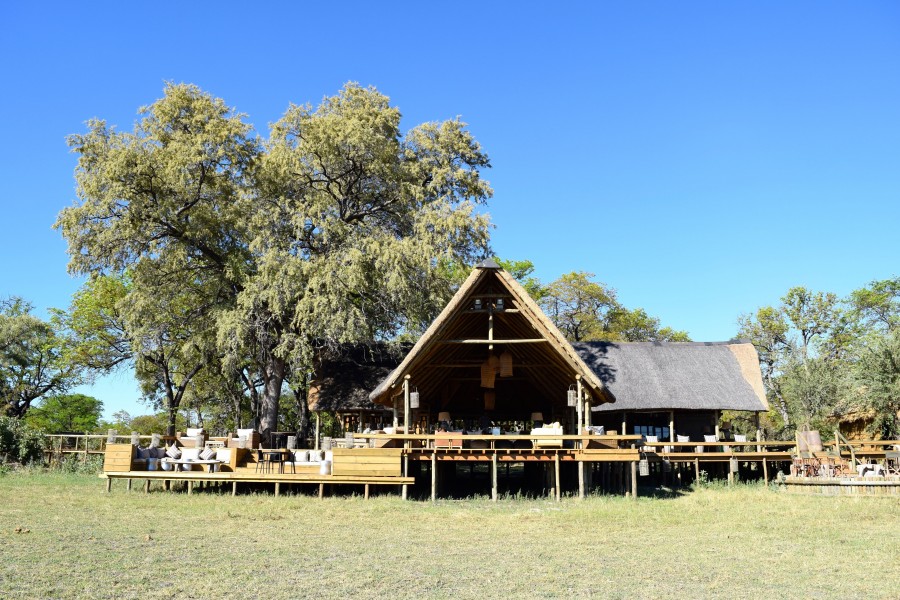


Sable Alley is within the Khwai Private Reserve, 200,000 hectares of pristine wilderness in the northeast of the Delta, next to the Chobe National Park. The fact that Khwai is private land, not a national park, is an important one because the regulations are different. Within Khwai, night drives are permitted, and safari guides can drive off the tracks.
Trackers and guides are allowed to carry guns for self-defence purposes, so it is safe enough to do a walking safari. It is highly unlikely that a tracker would ever have to shoot to kill, but if an enraged bull elephant or rhino came stampeding out of the bush towards me, a warning shot from a gun might at least make it think twice.

The lodge fronts onto a lagoon, where hippos wallow amongst the waterlilies. For much of the day you will only see their ears poking out above the surface of the water, but once dusk comes, it is an altogether different scene. Hippos open their gigantic jaws and bellow at one another. They stretch, fight, and generally become much more active, exiting the pool in search of food.
It is not uncommon for a hippo to walk 10 km overnight, and to consume 35kg of grass. Hippos are generally vegetarian, but you still don’t want to get too close to one when it is peckish as they are aggressive beasts, especially if you get between one and the water.
In the watery wilderness of the Delta, it is possible (and indeed enjoyable, especially at daybreak) to explore the seasonal channels by boat or canoe. But with the exception of the hippos and buffalos, the larger game seems to prefer the shade and protection of the trees, especially when it’s hot. They come down to the water when it is cooler to drink and bathe. I therefore took off with a guide by jeep, not knowing what exactly we would see, but confident it’d be something extraordinary.
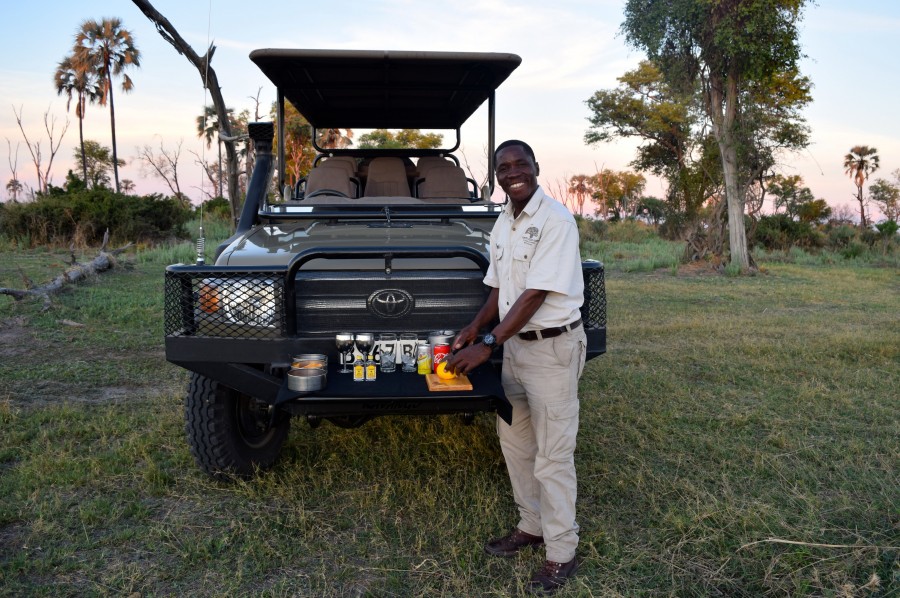
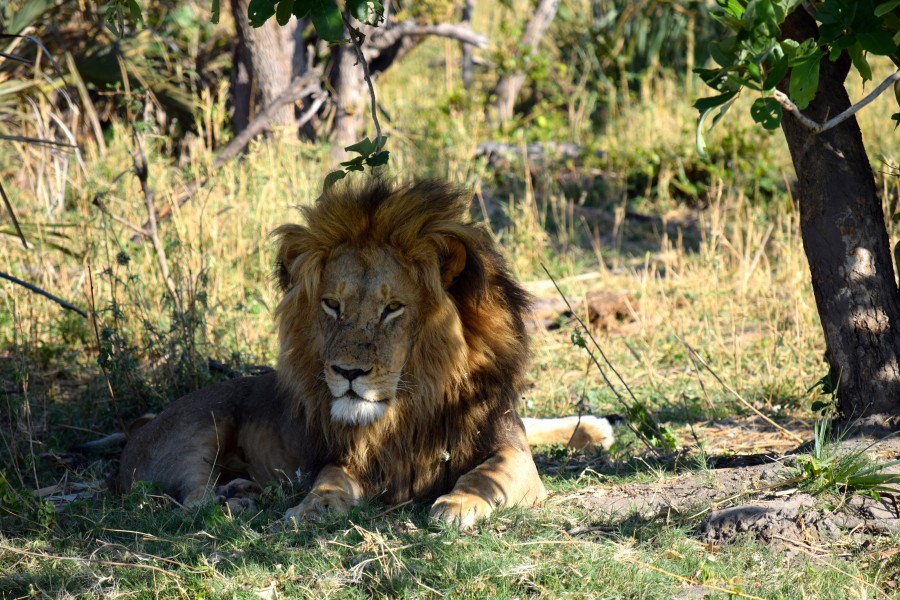
And it was. Unbeknownst to me, big cats were lounging nearby. A mighty lion, who might well have been the inspiration for Narnia’s Aslan, was my first major sighting. Clearly, he was hot, as when we approached in the jeep, stopped a respectful distance away, and turned off the engine, he didn’t even flinch, let alone make any attempt to move. Now and then he glanced in our direction, but half – heartedly. The occasional fly landing on his nose was more of an irritant. His mate, a muscular lioness, was lying nearby, but better camouflaged in the long grass.
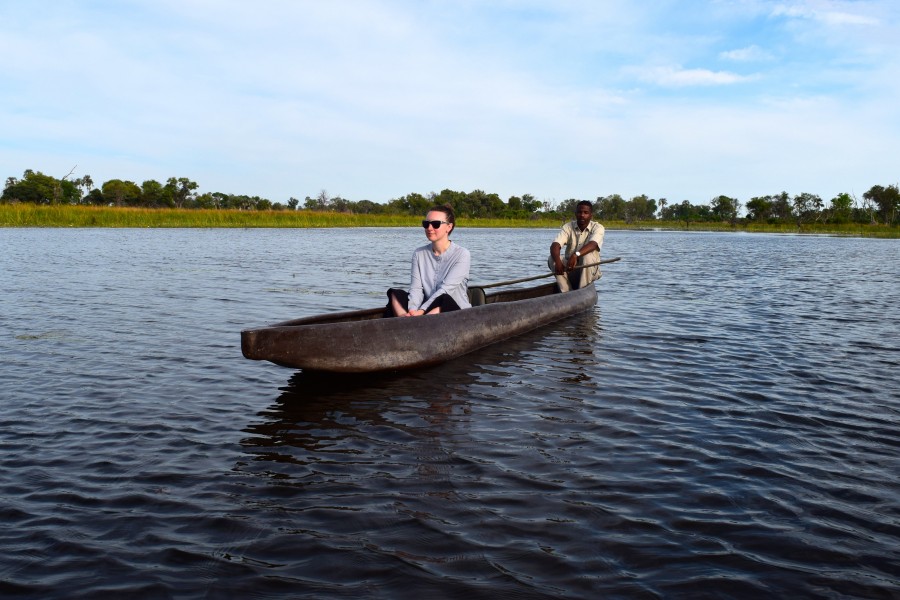
You know, I could have sat there for hours; I was completely entranced. I’d only once seen a lion in the wild before, and then it was fleetingly and in the dark. This was an entirely different experience, calmer and quieter. The lion was completely relaxed with me there, a sign of how safe unthreatened the Khwai Private Reserve’s big game feels by man.
Images (c) Sophie Ibbotson.
Tell me more about this flying safari in Botswana
Sophie’s flying safari in Botwana trip was with Africa Exclusive Stays at Sable Alley start from $695 per night.
South African Airways flies from London to Johannesburg, from where there is an onward connection to Maun with Air Botswana. Flights from £1,138 return (London-Jo’burg-Maun).

